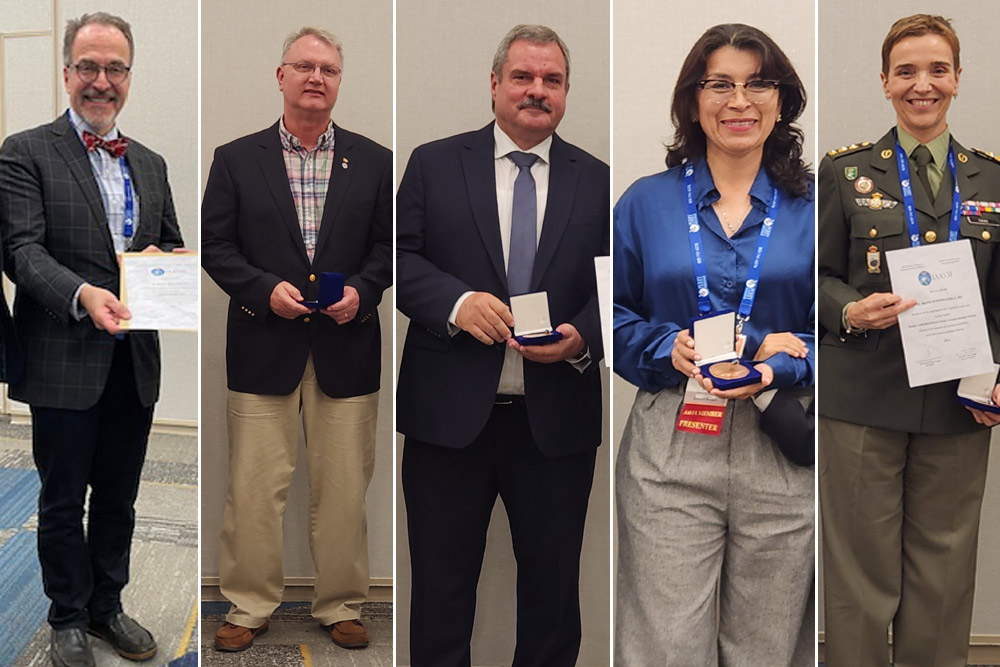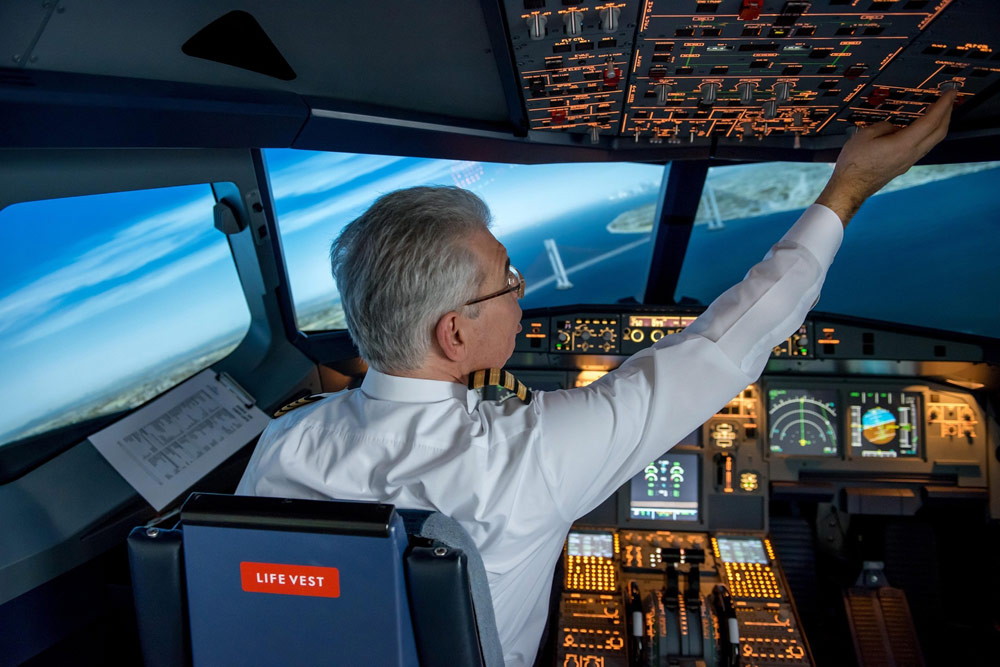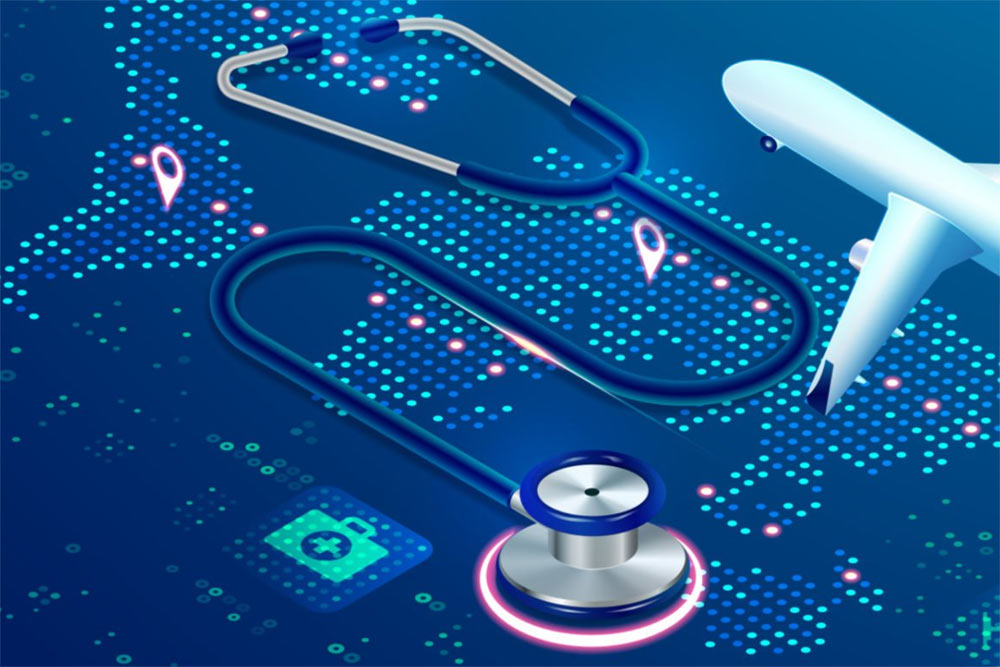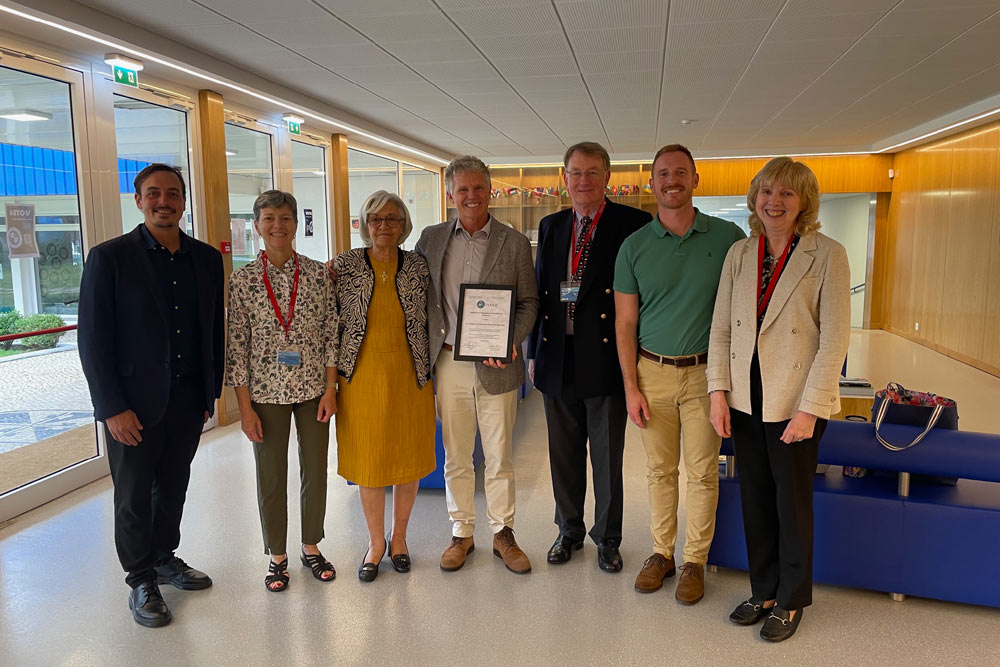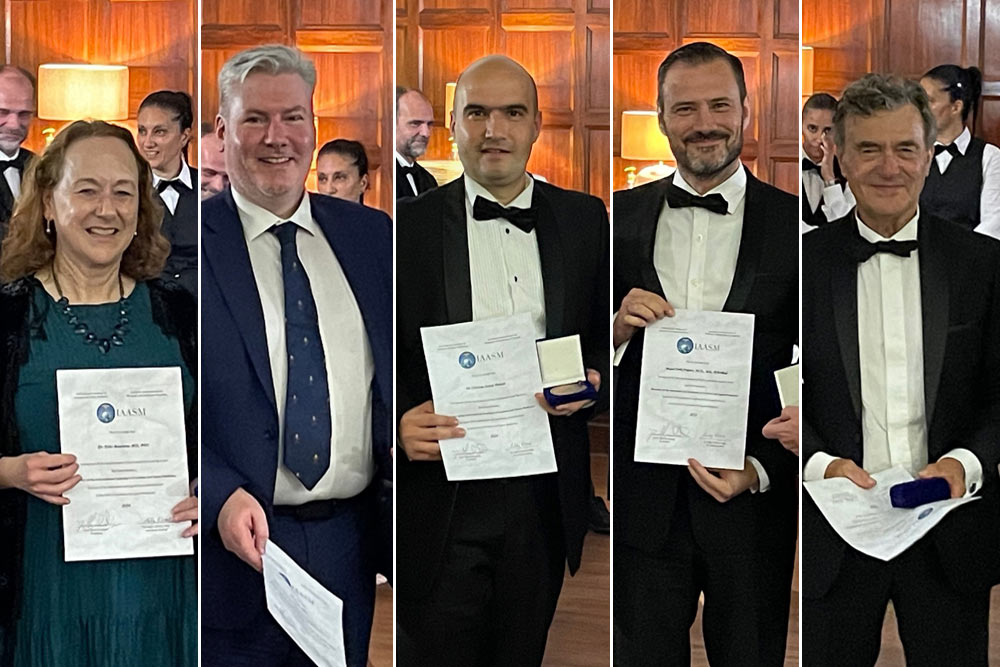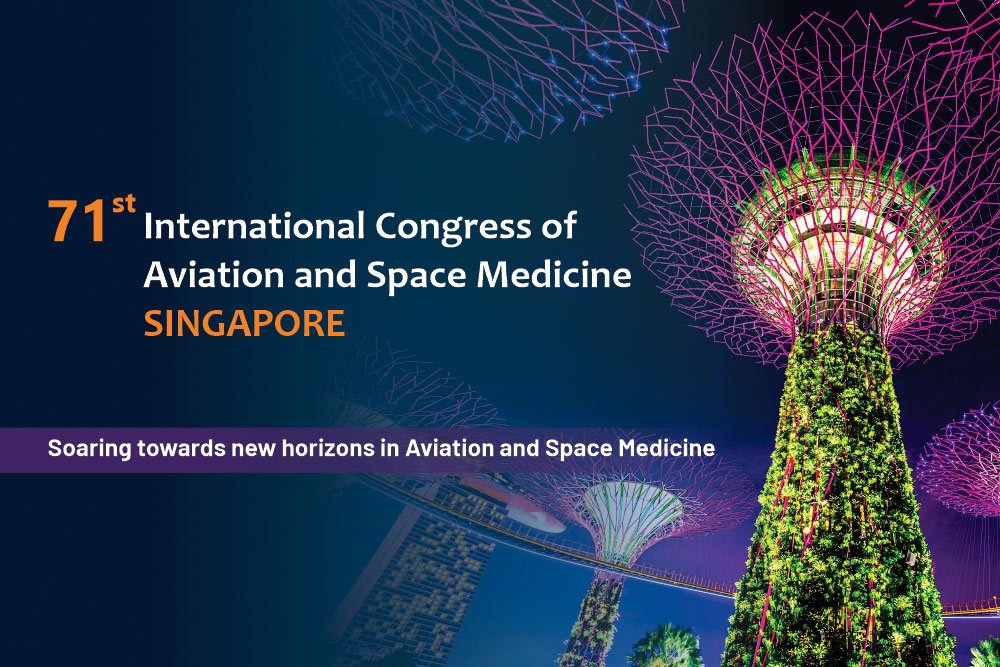Each year, the European Space Agency (ESA) selects one medical doctor with research experience, a space background, and Search & Rescue training to spend 13 months at Concordia Station in Antarctica - also known as “White Mars.”
The research conducted during the winterover is to shape medical considerations and countermeasures for future Mars missions. This year’s ESA MD is IAASM Affiliate Dr Nina Purvis, a British surgical resident in the NHS, with a background in physics and space physiology research.
Dr Nina Purvis
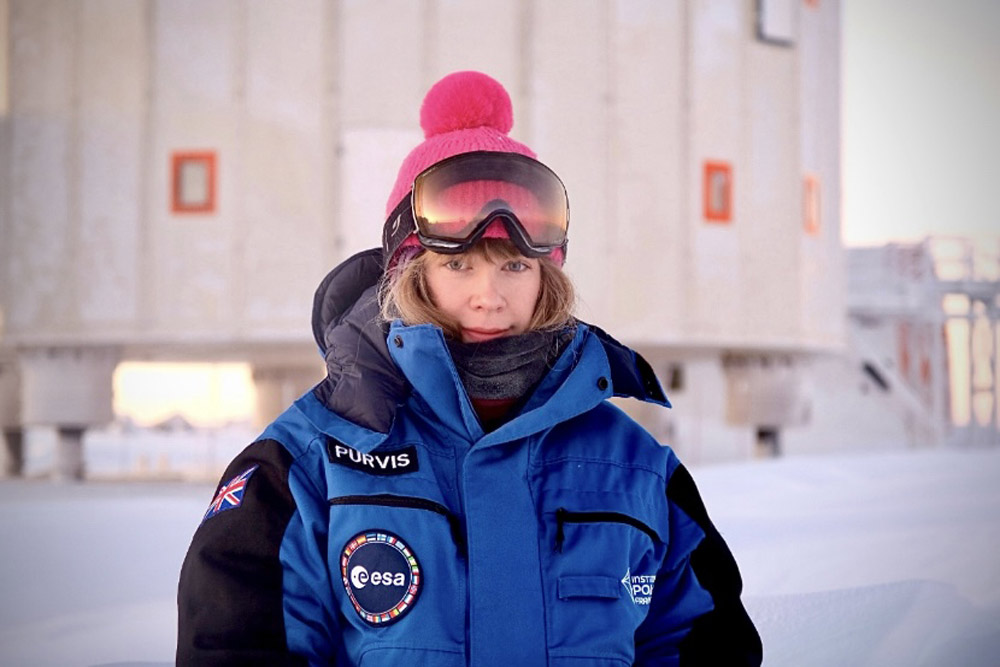
Concordia Station, run by the French and Italian Polar Institutes, is a multicultural, multidisciplinary research base. Originally built for ice core drilling, it now hosts year-round scientific work with a core winter crew of 13. Research includes astrophysics, meteorology, glaciochemistry, and space medicine.
The nickname “White Mars” reflects its extreme environment: the station sits atop a glacier at 3200m altitude, where crew experience chronic hypobaric hypoxia, low humidity, months of total darkness or sunlight, and temperatures dropping to -100°C in winter. There is complete isolation and no transport access or medevac options for nine months, making it more remote than the International Space Station (ISS). These conditions make it an ideal analog for studying human health and behaviour in preparation for Mars.
The Milky Way over Concordia Station
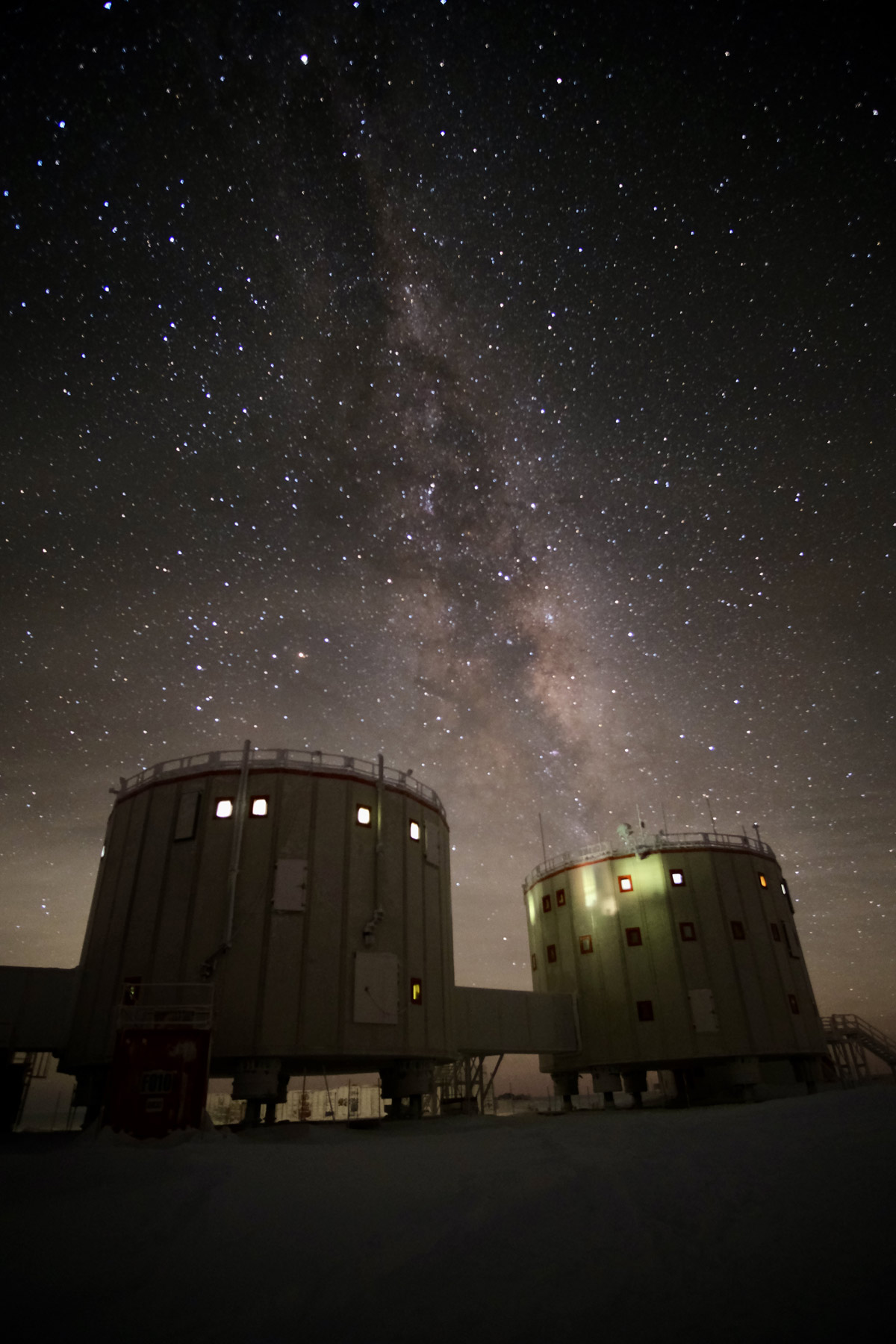
Nina is conducting biomedical research on herself and her 12 crewmates, who are mirroring astronaut conditions in this isolated, confined, and extreme environment. This year’s studies explore exercise tolerance, cognition, psychological well-being, glucose tolerance, stress, microbial presence on skin and surfaces, time perception, attention, immunity, and the microbiome. Projects vary each year and are selected by ESA through open calls: https://scispace.esa.int/.
In addition to research, Nina serves as the crew’s Search & Rescue doctor, on-call 24/7 for emergencies - from hypothermia to trauma. With the rescue team, she runs monthly emergency drills and maintains readiness. Concordia is a hazardous workplace, particularly for technicians and scientists operating in the cold and dark. She also monitors the Grey Water Recycling Unit, the same system used on the ISS.
Rescue Drill
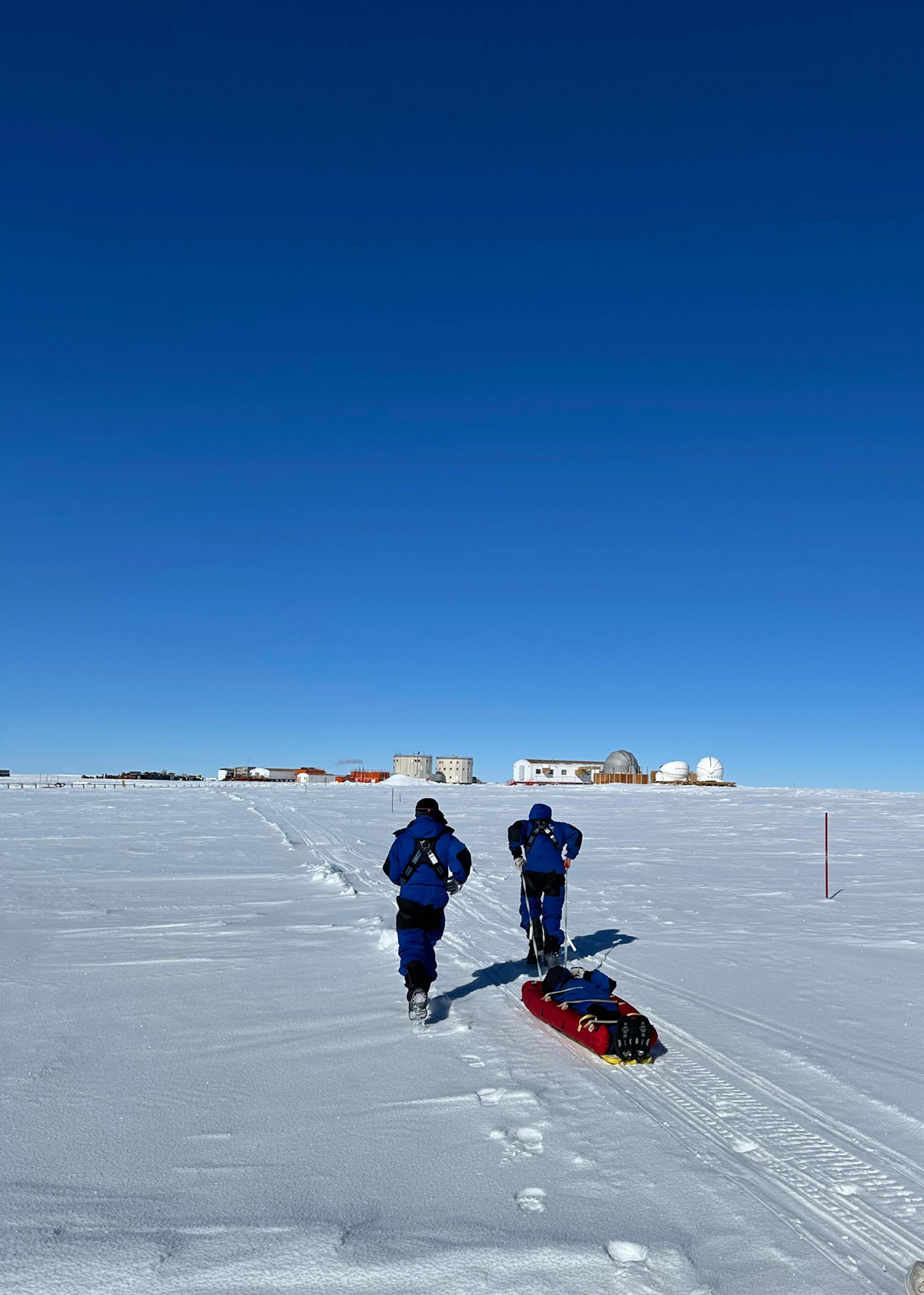
Nina is an Affiliate of the Academy and is participating in the Academy’s mentorship program with Dr. Sarita Dara as her mentor. You can follow Nina’s journey on the ESA Concordia Chronicles website here: https://blogs.esa.int/concordia/blog/


